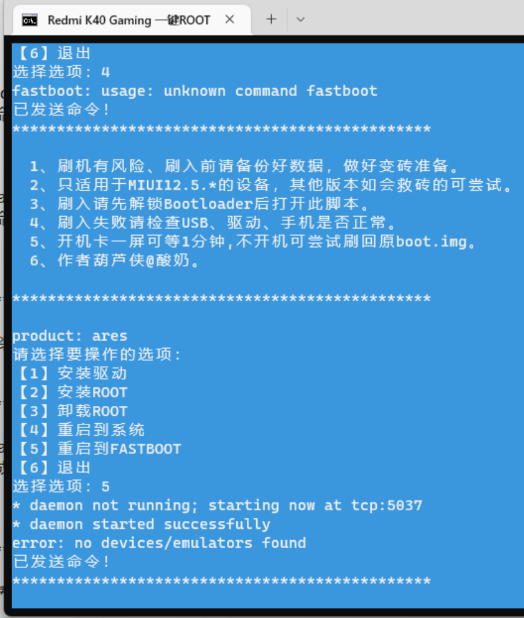关于在centos7中设置nginx开机自启动,我们可以通过编写开机自启动shell脚本来解决。
测试环境
操作系统:centos7 64位 1611
nginx版本: 1.11.10
本机nginx安装时的配置参数
./configure --prefix=/usr/local/nginx --pid-path=/usr/local/nginx/logs/nginx.pid --lock-path=/var/lock/nginx.lock --error-log-path=/var/log/nginx/error.log --http-log-path=/var/log/nginx/access.log --with-http_gzip_static_module --http-client-body-temp-path=/var/temp/nginx/client --http-proxy-temp-path=/var/temp/nginx/proxy --http-fastcgi-temp-path=/var/temp/nginx/fastcgi --http-uwsgi-temp-path=/var/temp/nginx/uwsgi --http-scgi-temp-path=/var/temp/nginx/scgi
编写脚本
[root@localhost]# vim /etc/init.d/nginx
以下是脚本内容
#!/bin/bash # nginx startup script for the nginx http server # it is v.0.0.2 version. # chkconfig: - 85 15 # description: nginx is a high-performance web and proxy server. # it has a lot of features, but it's not for everyone. # processname: nginx # pidfile: /usr/local/nginx/logs/nginx.pid # config: /usr/local/nginx/conf/nginx.conf nginxd=/usr/local/nginx/sbin/nginx nginx_config=/usr/local/nginx/conf/nginx.conf nginx_pid=/usr/local/nginx/logs/nginx.pid retval=0 prog="nginx" # source function library. . /etc/rc.d/init.d/functions # source networking configuration. . /etc/sysconfig/network # check that networking is up. [ "${networking}" = "no" ] && exit 0 [ -x $nginxd ] || exit 0 # start nginx daemons functions. start() { if [ -e $nginx_pid ];then echo "nginx already running...." exit 1 fi echo -n $"starting $prog: " daemon $nginxd -c ${nginx_config} retval=$? echo [ $retval = 0 ] && touch /var/lock/subsys/nginx return $retval } # stop nginx daemons functions. stop() { echo -n $"stopping $prog: " killproc $nginxd retval=$? echo [ $retval = 0 ] && rm -f /var/lock/subsys/nginx /usr/local/nginx/logs/nginx.pid } # reload nginx service functions. reload() { echo -n $"reloading $prog: " #kill -hup `cat ${nginx_pid}` killproc $nginxd -hup retval=$? echo } # see how we were called. case "$1" in start) start ;; stop) stop ;; reload) reload ;; restart) stop start ;; status) status $prog retval=$? ;; *) echo $"usage: $prog {start|stop|restart|reload|status|help}" exit 1 esac exit $retval :wq 保存并退出
*对于shell脚本中的部分文件路径请修改成你主机上nginx的相应路径,例如: nginxd=/usr/local/nginx/sbin/nginx nginx_config=/usr/local/nginx/conf/nginx.conf nginx_pid=/usr/local/nginx/logs/nginx.pid 以上都是本测试机nginx的相应路径 还有nginx的pid默认路径是nginx安装目录的logs/nginx.pid里。
设置文件的访问权限
[root@localhost]# chmod a+x /etc/init.d/nginx
(a+x ==> all user can execute 所有用户可执行)
这样在控制台就很容易的操作nginx了:查看nginx当前状态、启动nginx、停止nginx、重启nginx…
usage : nginx {start|stop|restart|reload|status|help}
如果修改了nginx的配置文件nginx.conf,也可以使用上面的命令重新加载新的配置文件并运行,可以将此命令加入到rc.local文件中,这样开机的时候nginx就默认启动了
加入到rc.local文件中
[root@localhost]# vi /etc/rc.local
加入一行 /etc/init.d/nginx start 保存并退出,下次重启会生效。
注意
如果开机后发现自启动脚本没有执行,你要去确认一下rc.local这个文件的访问权限是否是可执行的,因为rc.local默认是不可执行的。
修改rc.local访问权限,增加可执行权限
[root@localhost]# chmod +x /etc/rc.d/rc.local
现在重启后,自启动脚本就能正常执行了。
可以通过以下命令来查看nginx进行的运行情况
[root@localhost]# ps aux | grep nginx













